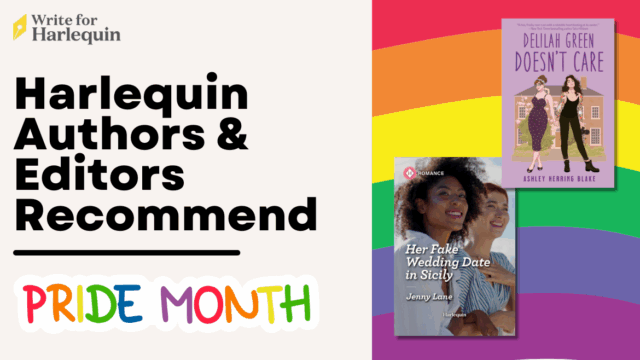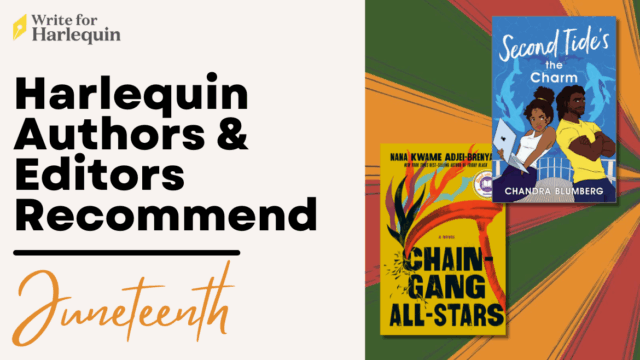
Plotting can be a lot of work! Sometimes you know exactly what kind of story you want to tell. Setting it up is no problem, and you’ve got your happy ending clearly in you mind…but how do you get there?
If you’ve been reading our Back to Basics series, we hope you’ve gotten some great advice on crafting strong characters and conflict to drive your story forward. These can create a solid foundation that can help you avoid “the saggy middle.”
To provide you with some more advice on creating a strong plot, we went to our fantastic Harlequin Heartwarming editors. At 70,000 words, Heartwarming stories have a lot of pages to fill—and that means carefully crafting a plot driven by characters and deep emotional tension to keep readers intrigued until the very end!
We asked our Heartwarming authors what they do to keep readers engaged until the HEA. Now it’s time to ask the editors!
Editor Dana Grimaldi says…
It can help to remember that plot and character are linked. If you reach a point in your manuscript where the pacing feels slow, check in with your main characters and their goals. What does your heroine want, more than anything, before she meets the hero? What steps is she taking to achieve that goal? And how do those attempts succeed or—even better—fail in ways that are surprising for her and the reader? How does falling in love threaten to keep her from achieving her goal and generally turn her world upside down? New challenges will force her to be even more resourceful and will keep the reader turning the pages to see how she’s finally able to succeed.
You said it, Dana! A romance driven by your leading characters is key to keeping your plot from becoming episodic. To put it simply, take this advice from Executive Editor Kathleen Scheibling, who quotes F. Scott Fitzgerald: “Character is plot.” A plot driven too much by external events—as we watch the leads resolve one obstacle, then the next—can slow the pacing. Remember that complex characters and meaningful emotional conflict can maintain that forward momentum.
Now, let’s see what Editor Adrienne Macintosh has to say…
One pitfall I run into is using secondary characters to create drama at the end of the story. If he/she is a new character (gasp! An ex!), or is bringing up a new issue (The ex wants him/her back!), or is bringing up an issue that has either been resolved or hasn’t been important (We were engaged once!), this tends to be a red flag. I suggest the author go back to the initial conflict between the leads and then plot out how the stakes of the conflict can be raised. What could be the consequences to the hero and the heroine for their actions?
One other thing I sometimes suggest when authors are struggling with plotting is adding a physical event or a tangible aspect to the hero or heroine’s goal. For example, a Christmas parade, a fall festival, a wedding, a rodeo, etc. This can be particularly helpful in a sweet contemporary romance where the author can’t rely on physical attraction or suspense to move the plot forward. An event or tangible goal helps give the story momentum. It also helps to fulfill the reader’s expectations—in a Heartwarming, for example, the sense of community is an important element of the series. A community event gives the author the opportunity for the hero/heroine to interact with that community.
More great advice! There’s a whole toolbox of tips and tricks to consider when you’re faced with plotting issues and a saggy middle. Remember all the good stuff you have to lean on when crafting a strong and engaging plot: complex characters with clear goals and motivations, external and internal conflict, attraction and sexual tension, secondary characters and subplots, and all those sweet, steamy and intensely emotional moments in between!




